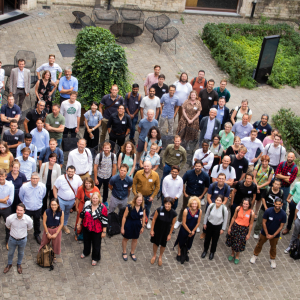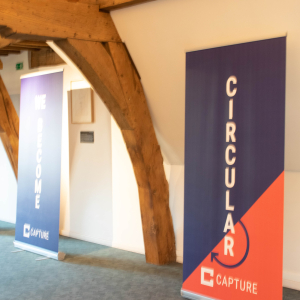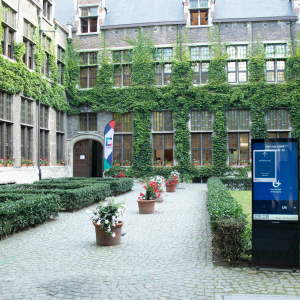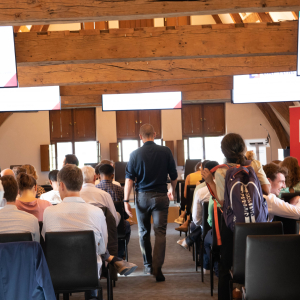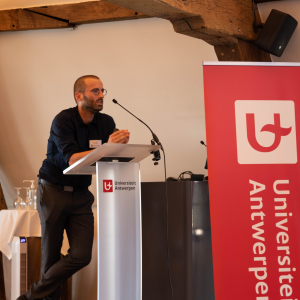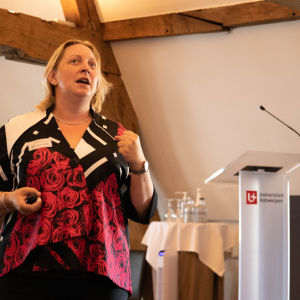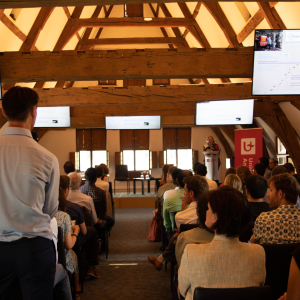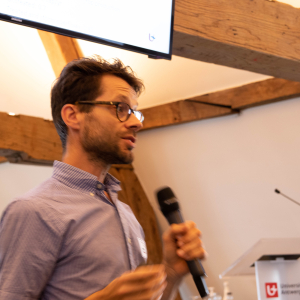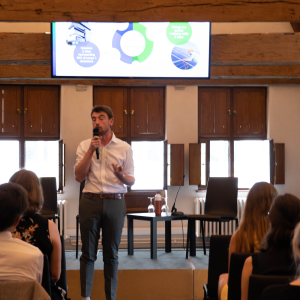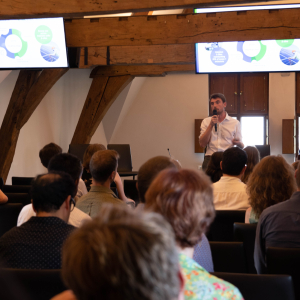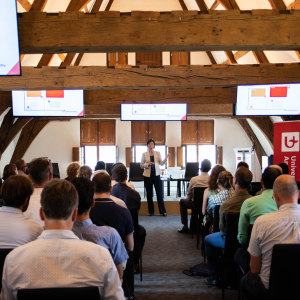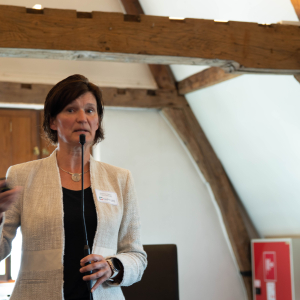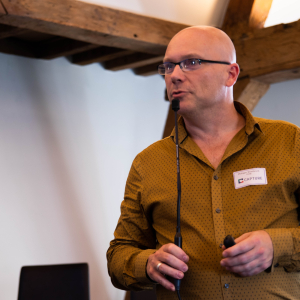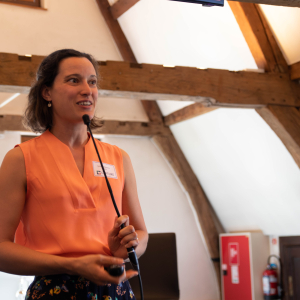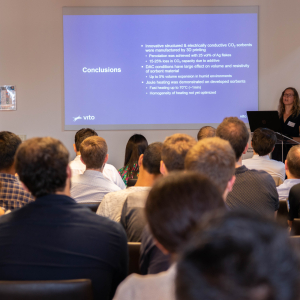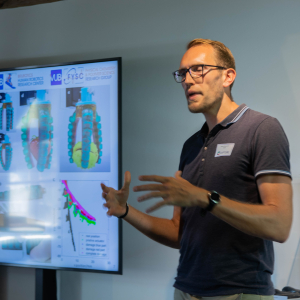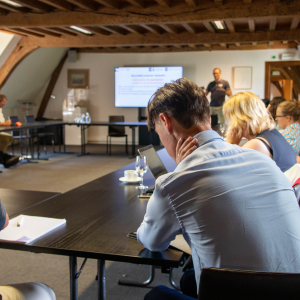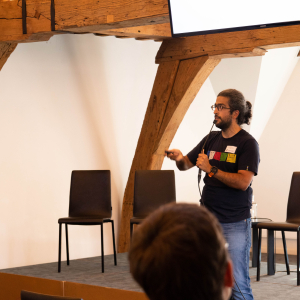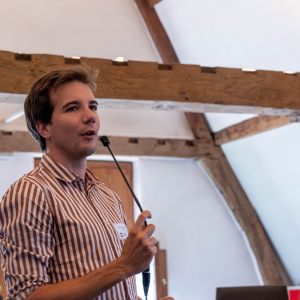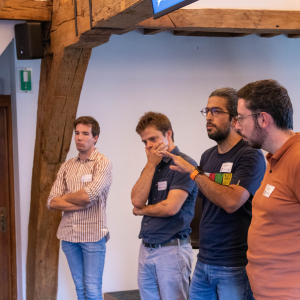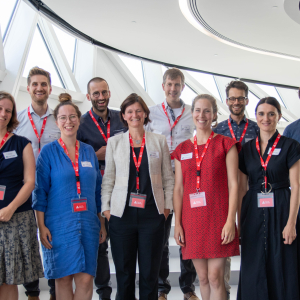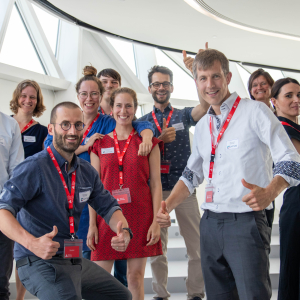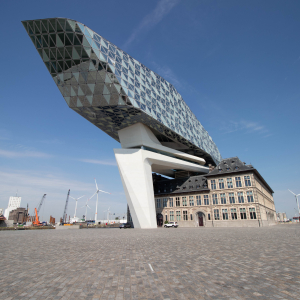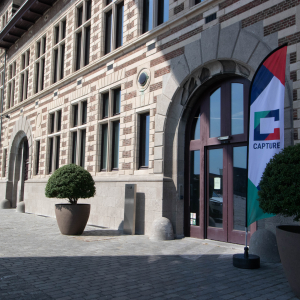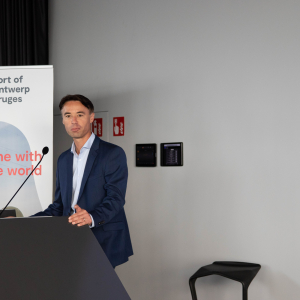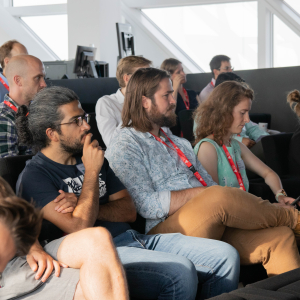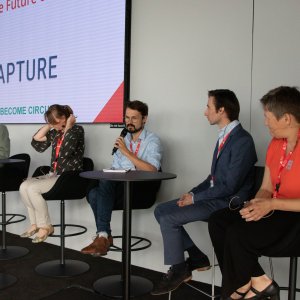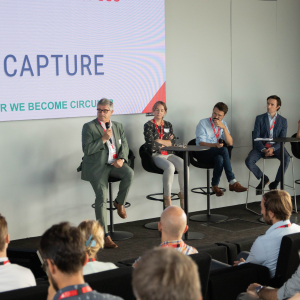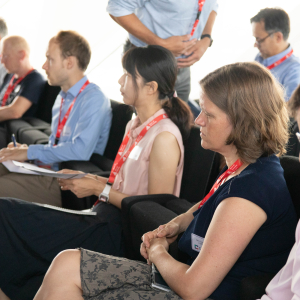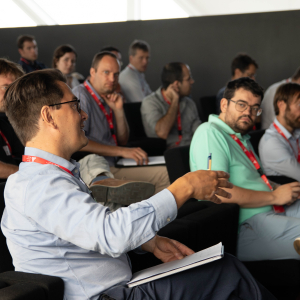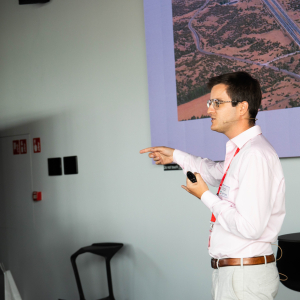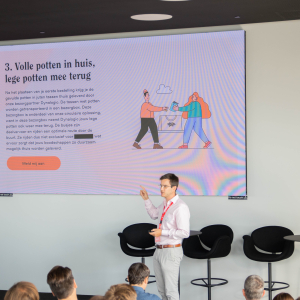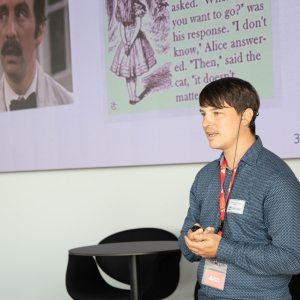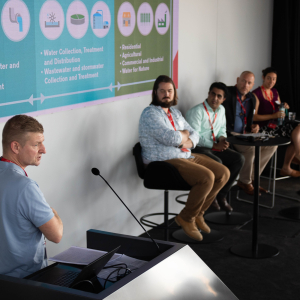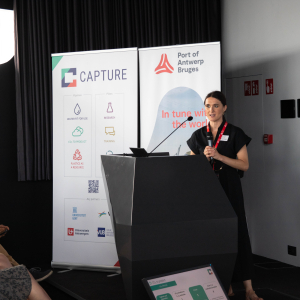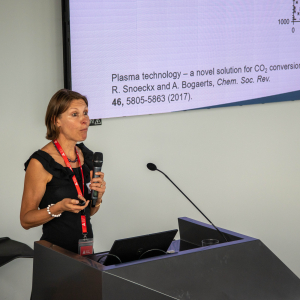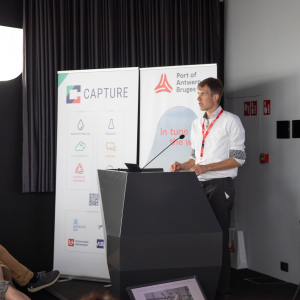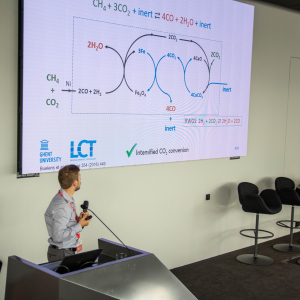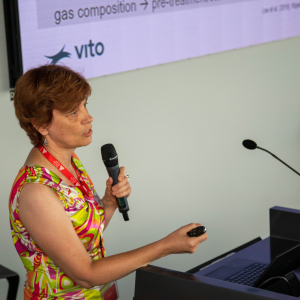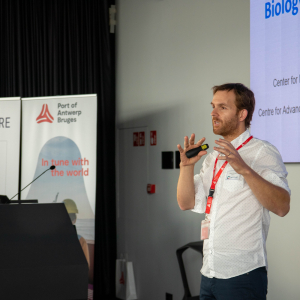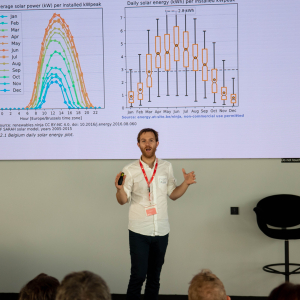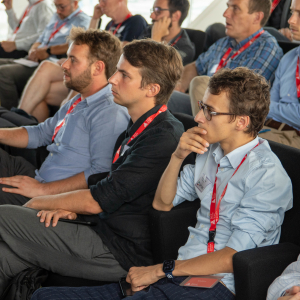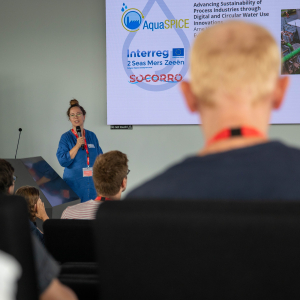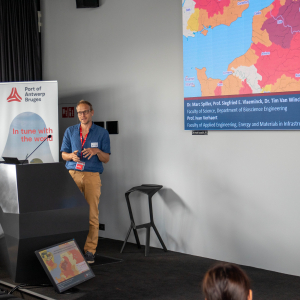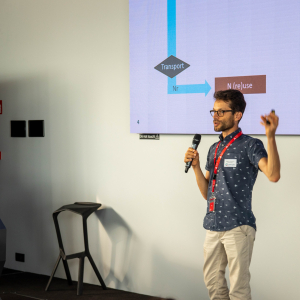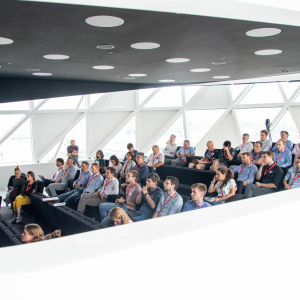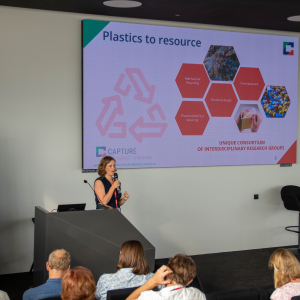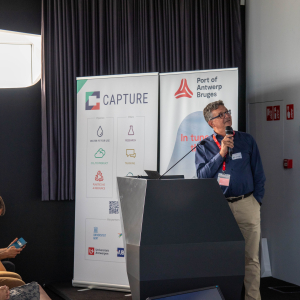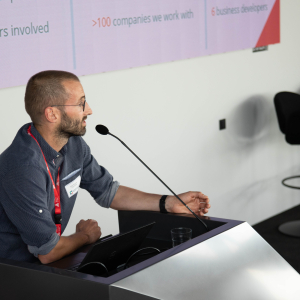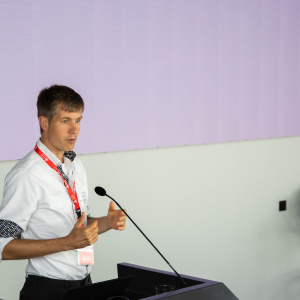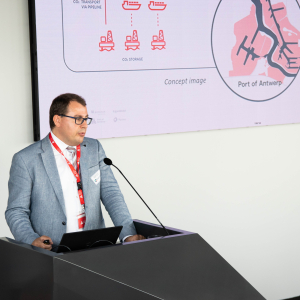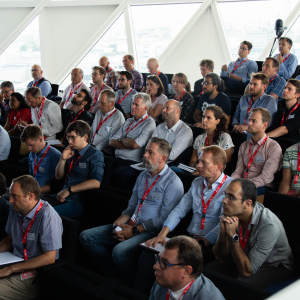... or on the bigger system
A piece of the puzzle, a cog in the machinery, a step in the value chain … different metaphors were used to pinpoint one of the main conclusions during the CAPTURE days of 24th and 25th of August 2022: if we don’t pay attention to the whole system, the different parts will not function properly. This message was omnipresent, albeit in various statements, throughout the introduction, most of the presentations, the debates on circularity, the industrial workshop and discussions afterwards. What the CAPTURE-days illustrated best, is the relevance of our tagline: Together We Become Circular.
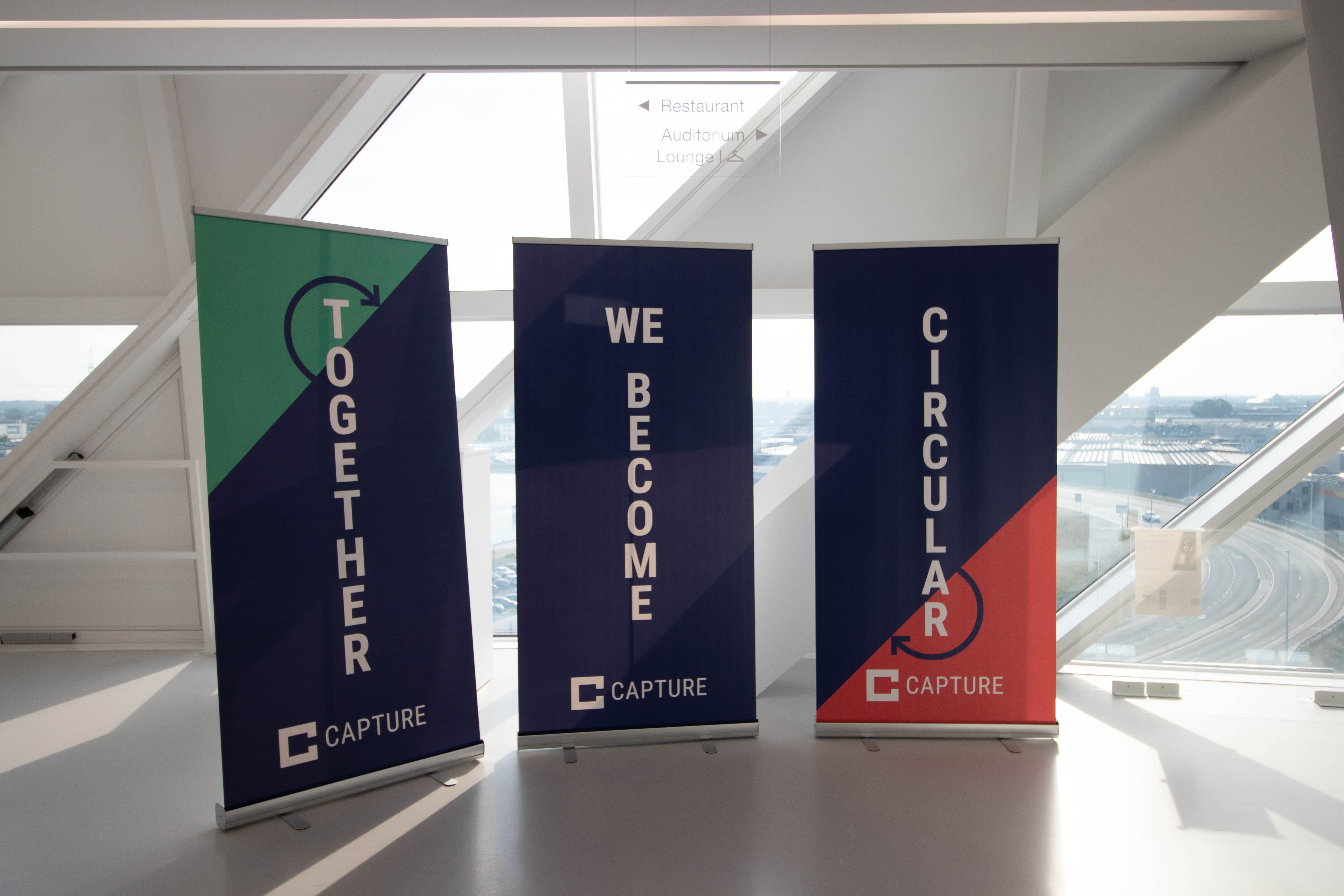
A historical introduction
CAPTURE was started in 2014 aiming to play a connecting role in the field of resource recovery. That our organization is gaining momentum fast can be explained by the shared feeling of several stakeholders in the innovation field; the landscape is scattered and information flow between relevant actors is lacking. One of the main reasons of existence of an organization is to guarantee a qualitative information allocation. In other words, make sure that relevant information ends up with those who need it or those who could create impact with it. This is exactly why CAPTURE and initiatives like the CAPTURE days exist: to play a role in the flow of information within the bigger system. This ambition led to what the organization is today: a collaboration of four research institutes, 65 research group leaders, more than 300 researchers from 50 research groups, over 100 companies, several industrial clusters and policy makers all together in a large network for open information sharing.
A piece of the puzzle
However, there are some pitfalls on the way ahead. One of the most discussed ones is a too narrow focus on individual parts and neglecting the role in the bigger system. The industrial testimonials stressed that circularity is only one aspect of the sustainability agenda and that for example social inclusiveness also needs to be high on the same agenda. This relates to an academic debate on a narrow focus on CO2 as the main indicator of sustainability (while this ignores for example the connection and causality between several SDG ‘s), a discussion that was also addressed during the concluding debate on day 1 on negative externalities.
In this debate, one of the main messages is that implementation of novel technologies and policies is not only generating benefits, but it can also lead to negative effects that were initially not foreseen or unexpected. Think for example about the gains in sustainability that plastics bring (longer preservations of food) while at the same time there is a heavy burden of improper use & disposal on the environment. Including all these aspects in the same reflection scheme can lead to more insightful /or thoughtful decision tree framework and improve policy tools. All together will require: (1) the inclusion of interdisciplinary insights, (2) a better view on the entire system and the larger value chain or network, (3) insights in the relation between the different parts of the value network and it´s larger surroundings and (4) a better understanding of value chains.
Similar messages were noted during the debates of the second day on the future of CCU, digitalization and the degrees of circularity. The latter highlighted that: (1) circularity is not the same as sustainability (a reflection on the net impact is needed) and (2) optimal routes of circularity need to be achieved, considering the characteristics of a material and the foreseen use. An intuitive illustration is that not all industrial applications that re-use water demand drinking water quality (the higher the degree of purification, the higher the energy input needed). A similar case was also illustrated for the re-use of plastics.
During the second day of the CAPTURE days, the same system thinking message was presented from different point of view as well. In several discussions and presentations, it was pinpointed that a better interdisciplinary view was needed to address delaying factors. Examples are: jurisdiction, political framework, insurances, economic frameworks, social support and behavior,… . In this manner, information exchange between different actors is also a key to get a good view on hindering factors.
Thank you all
Creating system thinking, system understanding and true impact demands information flows within the entire value network. Organizations can and should play a role here, but as we have seen during the CAPTURE days, this all stands and falls with one key factor: people that are willing to contribute, to share openly and to reach out. That’s why it was really good to see that over 170 people (academia, industry, policy makers and other stakeholders) took their time to do so during the CAPTURE days. The effort of the presenters, the panelists, the contributors, the participants, …, is highly appreciated and we hope to see all of you again soon to continue the discussions and collaborations on technology development and implementation for resource recovery. In the meantime, don’t forget: #TogetherWeBecomeCircular.
